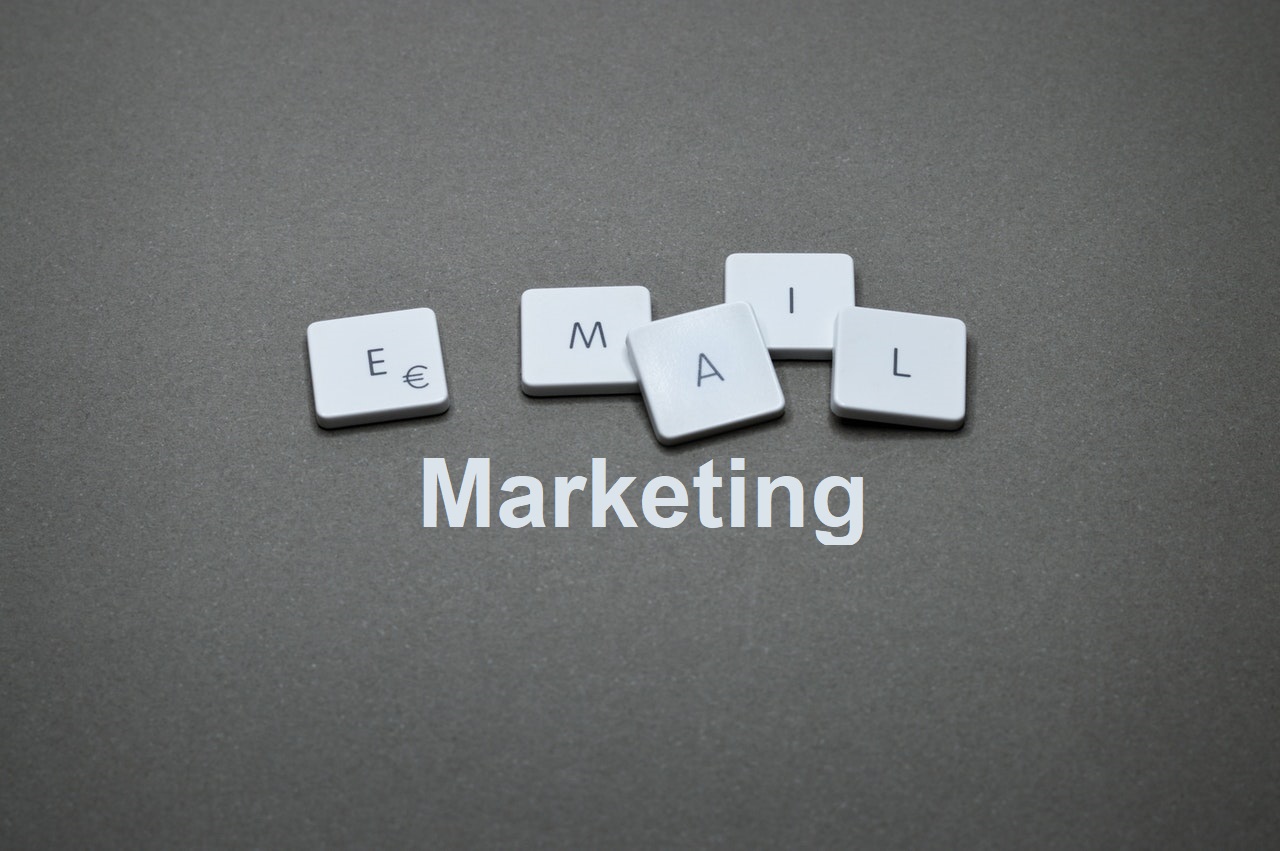Email marketing is an essential component of any comprehensive marketing strategy. It allows businesses to communicate directly with their audience, deliver targeted content, and drive conversions. However, the success of an email marketing campaign can only be measured accurately by monitoring and analyzing relevant metrics. In this article, we will discuss how to measure the success of your email marketing strategy in 2023.

Open Rates
The open rate is the percentage of email recipients who open your email. A high open rate indicates that your email subject line is compelling and relevant to your audience. To improve your open rates, you can experiment with different subject lines, segment your email list, and personalize your emails.
To calculate your open rate, divide the number of opened emails by the number of delivered emails, and multiply by 100.
Open rate = (Number of opened emails / Number of delivered emails) x 100
Click-Through Rates
The click-through rate (CTR) measures the percentage of email recipients who clicked on a link in your email. A high CTR indicates that your email content is engaging and relevant to your audience. To improve your CTR, you can optimize your email design and layout, include clear and prominent calls to action, and personalize your emails.
To calculate your CTR, divide the number of clicks by the number of opened emails, and multiply by 100.
CTR = (Number of clicks / Number of opened emails) x 100
Conversion Rates
The conversion rate measures the percentage of email recipients who completed a desired action, such as making a purchase or filling out a form, after clicking on a link in your email. A high conversion rate indicates that your email content and landing page are relevant and persuasive to your audience. To improve your conversion rate, you can optimize your landing page design and content, simplify your checkout process, and offer incentives to your audience.
To calculate your conversion rate, divide the number of conversions by the number of clicked links, and multiply by 100.
Conversion rate = (Number of conversions / Number of clicked links) x 100
Bounce Rates
The bounce rate measures the percentage of emails that were not delivered to the recipient’s inbox. A high bounce rate indicates that your email list may contain invalid or inactive email addresses, or that your email may be triggering spam filters. To reduce your bounce rate, you can regularly clean and update your email list, use double opt-in to confirm new subscribers, and comply with email marketing best practices.
To calculate your bounce rate, divide the number of bounced emails by the number of delivered emails, and multiply by 100.
Bounce rate = (Number of bounced emails / Number of delivered emails) x 100
List Growth Rate
The list growth rate measures the percentage of new subscribers who have joined your email list over a given period. A high list growth rate indicates that your email marketing strategy is attracting new leads and expanding your audience. To increase your list growth rate, you can optimize your lead magnets and landing pages, promote your email newsletter on social media and other channels, and offer exclusive content and incentives to your audience.
To calculate your list growth rate, divide the number of new subscribers by the total number of subscribers, and multiply by 100.
List growth rate = (Number of new subscribers / Total number of subscribers) x 100
Revenue
The revenue generated from your email marketing strategy is a key indicator of its success. A high revenue indicates that your email marketing campaigns are driving conversions and delivering a positive return on investment (ROI). To increase your revenue, you can segment your email list and personalize your offers, optimize your email frequency and timing, and track your email marketing ROI using analytics tools.
To calculate your revenue from email marketing, multiply the number of conversions by the average order value (AOV) and the conversion rate.
Revenue = Conversions x AOV x Conversion rate
Engagement Metrics
Engagement metrics such as forward rate, reply rate, and unsubscribe rate provide insights into how your audience is interacting with your email content. The high forward rate indicates that your subscribers find your content valuable and want to share it with their network. A high reply rate indicates that your subscribers are actively engaging with your brand and may be interested in further communication. A high unsubscribe rate, on the other hand, indicates that your email content may be irrelevant or too frequent for your audience. To optimize your engagement metrics, you can experiment with different content formats, frequency, and segmentation strategies.
To calculate your engagement metrics, divide the number of forwards, replies, or unsubscribes by the number of delivered emails, and multiply by 100.
Forward rate = (Number of forwarded emails / Number of delivered emails) x 100
Reply rate = (Number of replied emails / Number of delivered emails) x 100
Unsubscribe rate = (Number of unsubscribed emails / Number of delivered emails) x 100
Mobile Responsiveness
With the increasing use of mobile devices for email consumption, it is crucial to ensure that your emails are optimized for mobile devices. A high mobile responsiveness rate indicates that your emails are easy to read and interact with on mobile devices, which can improve engagement and conversion rates. To optimize your mobile responsiveness, you can use mobile-responsive email templates, test your emails on different mobile devices and email clients, and include clear and prominent calls to action.
To calculate your mobile responsiveness rate, divide the number of mobile opens by the number of total opens, and multiply by 100.
Mobile responsiveness rate = (Number of mobile opens / Number of total opens) x 100
Subscriber Lifetime Value
Subscriber lifetime value (LTV) measures the total value of a subscriber to your business over the duration of their relationship with your brand. A high subscriber LTV indicates that your email marketing campaigns are driving long-term customer loyalty and repeat business. To increase your subscriber LTV, you can provide exceptional customer service, offer exclusive rewards and discounts to your email subscribers, and regularly communicate with your audience through personalized and relevant content.
To calculate your subscriber LTV, multiply the average purchase value by the average purchase frequency and the average customer lifespan.
Subscriber LTV = Average purchase value x Average purchase frequency x Average customer lifespan
Conclusion
Measuring the success of your email marketing strategy requires a comprehensive approach that considers a variety of metrics and factors. By monitoring and analyzing key metrics such as open rates, click-through rates, conversion rates, bounce rates, list growth rate, revenue, engagement metrics, mobile responsiveness, and subscriber lifetime value, you can gain valuable insights into the effectiveness of your email campaigns and optimize your strategy for maximum impact. Remember to regularly review and update your email marketing strategy to stay ahead of the curve and meet the evolving needs of your audience.


